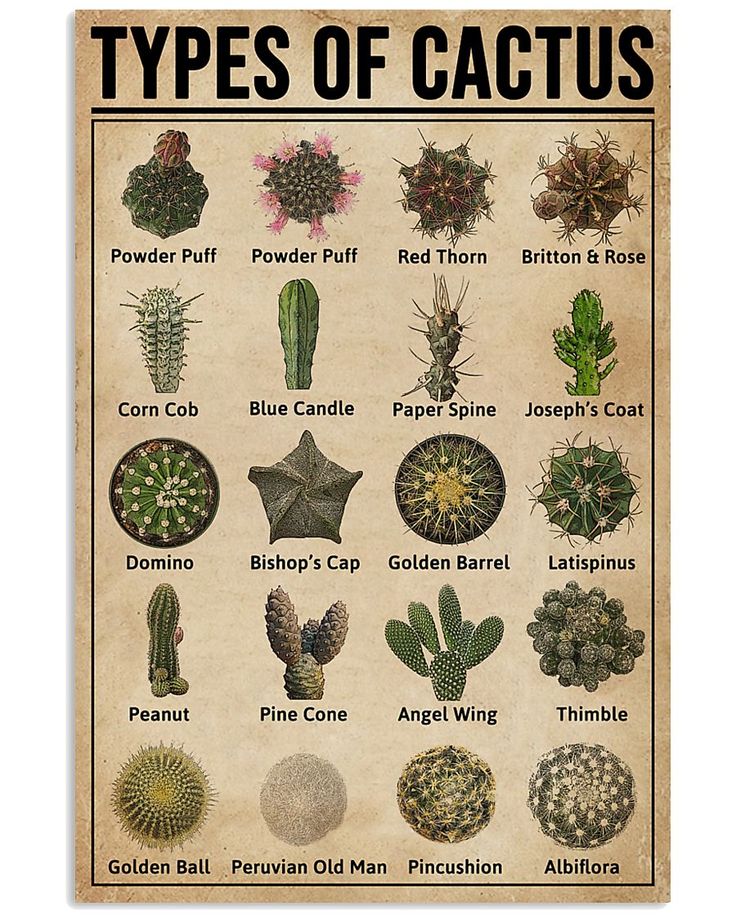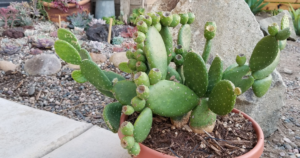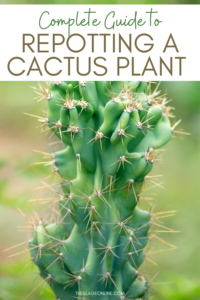Identifying cacti by picture can be an exhilarating venture, unveiling the unique allure and individuality of each species. A visual guide not only enhances recognition but also deepens appreciation for these remarkable succulents. The art of identifying cacti is intricately woven with their aesthetic appeal, botanical distinctions, and ecological significance. Let’s embark on a captivating journey through the world of cacti.
Understanding the Varied Morphology of Cacti
Cacti, members of the family Cactaceae, display an astonishing diversity in shape, size, and coloration. Morphological characteristics are key in recognizing different varieties, and visual guides can illuminate these attributes. While some species are columnar in form, others may drape sprawlingly or assume a spherical shape. For instance, the iconic Saguaro cactus, with its towering arms, contrasts sharply with the petite and rounded barrel cacti.
Examining structural features such as spines, flowers, and stem coloration can provide significant clues about a cactus’s identity. The arrangement and texture of spines—ranging from feathery to rigid, or from sparse to dense—can be telling markers. Additionally, the stunning floral displays present during blooming seasons provide another avenue for identification. The vibrant, exquisite blossoms of Echinopsis species, for example, often emerge at night, captivating nocturnal pollinators.
Engaging with the Geographic Distribution of Cacti
Location is an integral aspect of cactus identification. Cacti predominantly thrive in arid and semi-arid environments across the Americas, yet each species has a preferred habitat that can greatly inform identification efforts. Understanding geographical distribution can elevate one’s ability to pinpoint a cactus species from images.
The diverse ecosystems—ranging from the Sonoran Desert in the U.S. to the vast plains of Argentina—harbor distinct cactus varieties, each adapted to its environment. For instance, Opuntia, or the prickly pear, is often found in sunny, rocky terrains, while the majestic Cardon cactus thrives in coastal desert regions. This geographical knowledge enables enthusiasts to recognize species more confidently based on their expected habitat.
Aesthetic Appeal: The Allure of Cacti in Visual Culture
The captivating aesthetics of cacti have made them prominent subjects in art, photography, and home décor. Their intricate forms, vibrant blooms, and striking silhouettes against dramatic landscapes evoke intrigue and admiration. By observing their visual characteristics, one can understand more than just their taxonomy; they can appreciate the beauty these plants embody.
The geometric patterns of cacti, often enhanced by shadows at dusk or dawn, have inspired various artistic movements. The symmetry found in the circular forms of Mammillaria species or the ribbed surfaces of Ferocactus are particularly striking. These characteristics not only serve practical functions, such as water retention, but also contribute to the visual harmony of desert environments.
Utilizing Visual Guides: A Primer for Enthusiasts
To effectively utilize visual guides for cactus identification, one must be aware of the specific features that distinguish each species. New enthusiasts may find it daunting initially; however, a systematic approach can simplify the learning process. Creating checklists based on visual traits can enhance image analysis, focusing on spines, overall shape, flower color, and blooming patterns.
Mobile applications and online databases have revolutionized the accessibility of information related to cactus identification. Many platforms allow users to upload images for identification assistance, making knowledge-sharing more efficient. Engaging with online communities can also deepen one’s understanding, as discussions often revolve around personal experiences with specific cacti, including optimal care routines and growth conditions.
Essential Characteristics to Examine in Cacti Identification
When identifying cacti from pictures, consider the following features:
- Shape and Form: Assess if the cactus is columnar, spherical, or flat. Note unique growth habits.
- Size: Size can be a significant indicator. Some species remain small, while others can grow to impressive heights.
- Coloration: Explore variations in stem color—greens, blues, and even yellows can indicate different species.
- Spines: Study the length, thickness, and density of spines. Pay attention to their arrangement, as this can be distinctive.
- Flowers: Document any flowering specimens, noting the size and color of blossoms. This can be especially useful in narrow identifications.
Embracing the Fascination of Cactus Identification
Cactus identification by picture is not merely an academic pursuit; it is an invitation to embrace the mesmerizing complexity and diversity of these plants. Each species tells a story of adaptation, resilience, and allure. Moreover, the aesthetics of cacti, coupled with their intriguing characteristics, ensure that they will continue to enchant botanists and enthusiasts alike. Their beauty, intricately linked with their identity, opens the door to a deeper appreciation of the natural world.





Leave a Comment